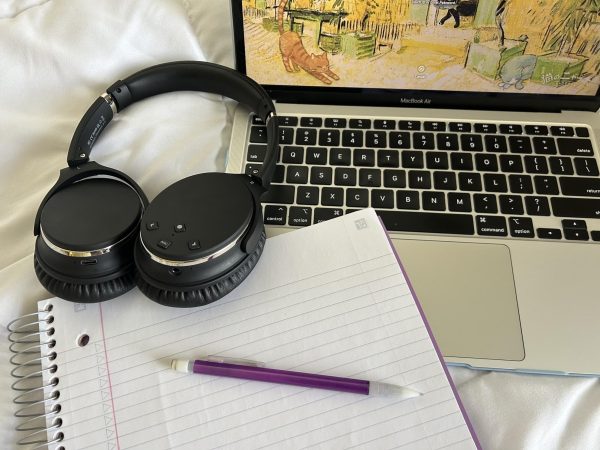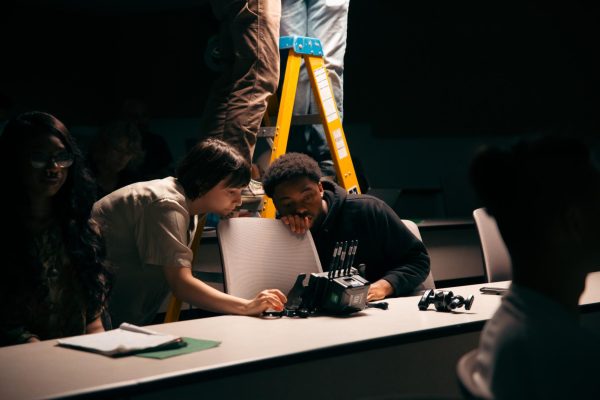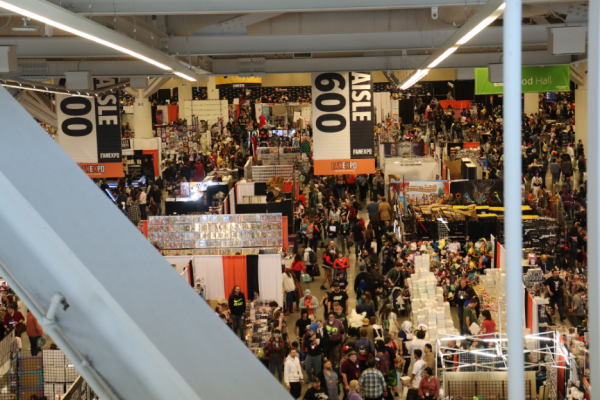Kent State Museum combine fashion and technology @Infinitum
October 1, 2015
A cross-cultural celebration of art, fashion and technology between the United States and China took place at the opening reception of the “@Infinitum” exhibition at the Kent State University Museum on Oct. 1.
This technology-assisted exhibition is a partnership with Sichuan University and Hebei Normal University in China. The exhibit started at Sichuan University in 2014 and will move to Hebei Normal University in March 2016 after its stay at KSU.
The Kent State installment, which is curated by art education associate professor Koon-Hwee Kan and textile arts professor Janice Lessman-Moss, is on display from July 26, 2015 to Jan. 10, 2016.
Kan said she initially thought of the idea for the exhibit during a study abroad trip to China in 2012. She originally planned for a small exchange show that would give faculty members at the three universities a platform to showcase their common interests and bridge cultural divides.
“All of the faculty members were very creative with their work,” Kan said. “Diversity is what we treasure and we really want to help the Chinese universities as much as we can.”
The exhibit displays work produced by 18 Kent State school of art, fashion and visual communication design faculty members. The artwork on display includes sculptures, drawings, photographs, textiles, collages, jewelry, garments and ceramic pieces.
Darice Polo, associate professor and coordinator of the drawing program has a piece titled “Statue of Liberty 1958” on display in the exhibition. Polo said she thinks bridging the gap between cultures through the exhibit is very important and the opportunity technology provides in bridging this gap is unique.
“With any kind of global exchange, it really is about learning about another culture,” Polo said. “Even though we are limited by the physical work by the other universities actually being here, we can still connect with technology.”
Art education teaching assistant Kelli Reynolds also liked the way technology was used to display certain pieces and commented on the importance of the exhibit as a whole.
“It is very cool to see the collaboration between the universities and the display of the work in an interesting way,” Reynolds said. “(The exhibit) is highlighting Dr. Kan’s work, but also the global work being done as well.”
Placed beside each piece and mounted in empty frames on the walls are QR codes that can be scanned by any smartphone. These codes provide links to the digital images on display and the artist profile, as well as the pieces produced by the 36 Chinese artists from the other two universities.
This traveling faculty exchange exhibition also commemorates more than 35 years of democratic ties between the United States and China, which was a driving force in the creation of the exhibit.























